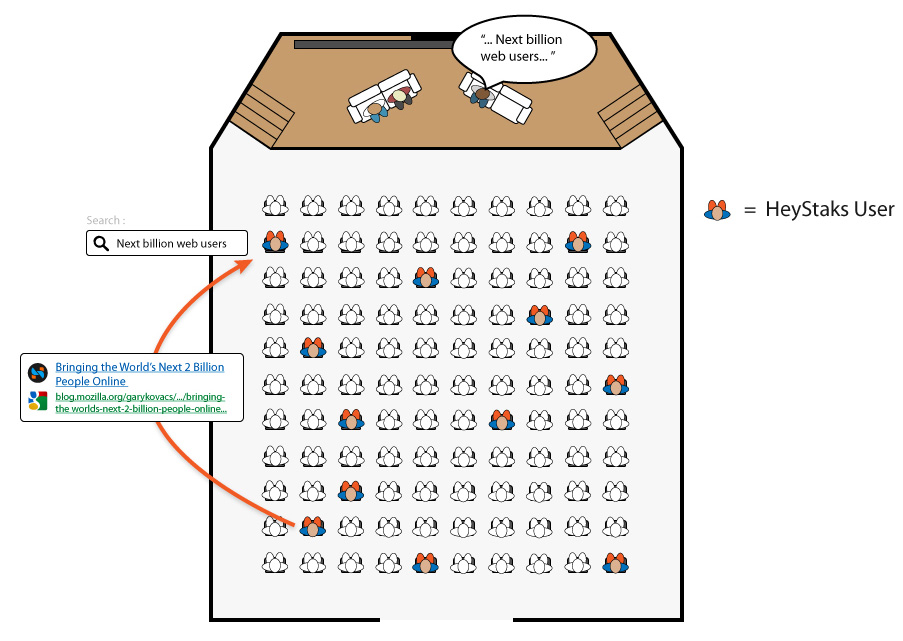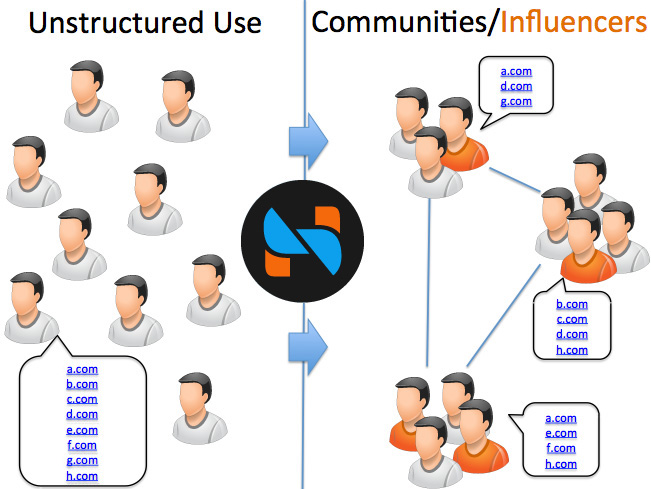Our short- and long-term context defines who we are and what we’re interested in. Furthermore, when we can automatically identify others who have a similar contextual makeup and group them together, a powerful form of personalized recommendation is possible as we search and browse. As we go about their daily lives, our context changes. While engaging in projects at work, taking up new hobbies, attending events, using apps and searching on particular topics, these activities reflect our interest profiles. Some interests are long-lived, such as an interest in science, a career in a particular field or an artistic hobby. Others are more short-lived, such as attending an art exhibition, listening to a talk at a conference, frequenting a store or executing a Web search. Short-term interests can often be connected to long-term interests (e.g. listening to a talk at a conference is usually linked to a long-term interest such as a career), and in general we can characterize both short- and long-term interests as elements of a person’s contextual makeup.

None of the above should be news to anyone who’s paying attention to the world around them. Online, Google monitors your search activity to try and learn what you’re interested in, Facebook examines your interactions with people and content to build a profile of who you are and both these and many other services use what they know about you in the personalization of organic content and advertising. Offline, The Nest [1] monitors environmental conditions (including whether and when you’re present) and intelligently adjusts them according to your learned preferences. Google Glass, self-driving cars, Bluetooth-enabled toothbrushes and all manner of futuristic gadgets will be fully explored in a book currently being written by Robert Scoble and Shel Israel entitled “The Age of Context” [2].
HeyStaks automatically creates communities of users who share interests, and enables them to implicitly collaborate to personalize each others’ Web search and browsing. We call these “context-defined communities”, since they are formed by identifying users whose contextual makeup overlaps. In the example pictured, a group of HeyStaks users are attending a talk at a conference related to the growth of the Web. These people have overlapping context because they are listening to the same talk, and also based on their attendance at the conference and interest in the conference topic. When one of these people searches for something referred to in the talk (the “next billion Web users”), they see recommendations for content that others in the room have found before, which results in a higher-relevance, more personalized experience.

HeyStaks creates communities of users that share interests from unstructured data, also identifying influencers on each topic.
A key element of the HeyStaks notion of context as it pertains to community-building is that context signals can be short- or long-lived (I’m visiting Barcelona vs. I live there, I’m buying baby clothes for a friend vs. I’ve just become a parent, I’m reading a few articles about CRM systems vs. having a career as a salesperson). In the HeyStaks worldview, people don’t join or leave communities, but rather they have affinities for communities, and the length of time they have a particular affinity for depends on how long-lived a particular context signal is. If I leave Barcelona, I should stop seeing recommendations for restaurants in Barcelona when I search for “pizza”; if I stop visiting baby clothes eCommerce sites and searching for baby clothes-related queries, I should not continue seeing parenting-related recommendations.
As you go about your business your context is constantly shifting, with short- and long-lived signals appearing and disappearing. HeyStaks enables people to be aligned with others who have similar contextual makeup, to share in each others’ Web search and browsing activities in a privacy-enhanced way. It can be integrated on top of any existing platform, including a browser, a mobile operating system, a hotel listings service, an enterprise search platform, etc. With the Web becoming increasingly social, it’s time for people to be able to automatically and seamlessly participate in communities that deliver value and respond to their changing interests and context.


